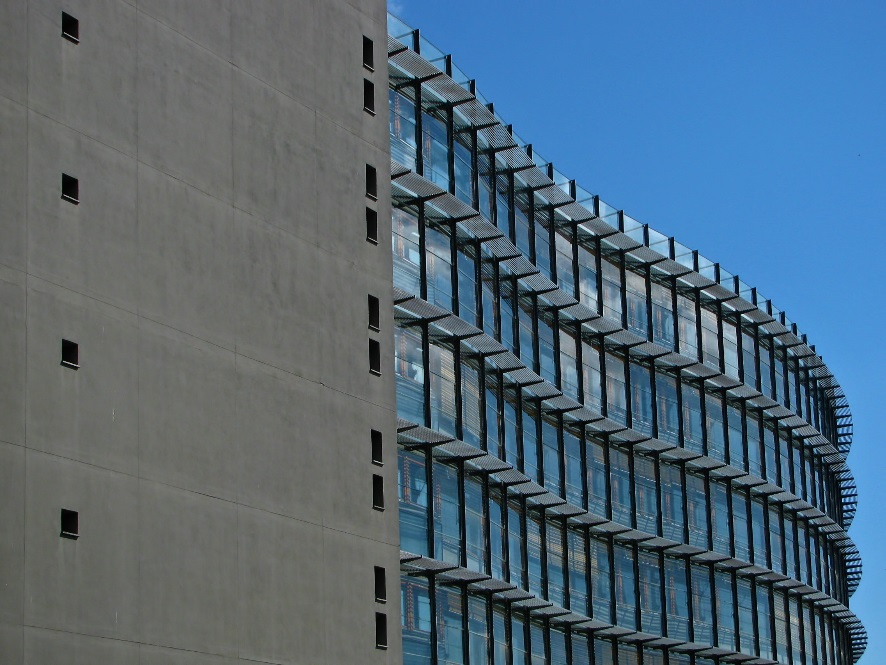
BUILDING ENVELOPE
Commercial and residential buildings account for approximately 40 percent of total U.S. energy consumption, according to the U.S. Department of Energy. The building envelope consists of any part of a building intended to act as a barrier between the interior and exterior environment, including the walls, roof, and foundation. The building envelope’s purpose is to regulate interior temperatures by acting as a thermal barrier, keeping out moisture, heat, or cold. Addressing critical building envelope energy efficiency measures saves energy and money, improves comfort conditions for building occupants, and may increase the lifespan of key building components. Prism specializes in four areas of building envelope efficiency improvements: insulation, air sealing, weatherstripping, and air barriers.
Insulation
Building insulation is essential to achieve thermal comfort. Insulation creates a thermal barrier between the outside of the building and the inside environment, reducing the transfer of heat or cold through the building envelope. Combined with air sealing, it mitigates unwanted hot or cool air, reducing the energy demand on the HVAC system. Insulation is most effective if a building is sealed properly for cracks and leaks.
Air sealing
Air sealing supplements proper insulation. Regardless of how well a building is insulated, cracks or leaks in the thermal envelope or insulation material will result in thermal bridging and a loss of insulation performance. Air sealing is one of the ways to reduce thermal envelope penetrations and improve the building’s thermal insulation.
Weatherstripping
Weatherstripping serves a similar purpose to air sealing; it reduces air infiltration—especially around doors and windows—from entering a building. Weatherstripping contributes to noise reduction and helps improve comfort of the interior space. Door weatherstripping, in particular, is important for buildings that may be exposed to hot or cold climates, or those that have walk-in coolers or walk-in freezers on the premise.
Air barriers
Air barriers prevent hot or cold air infiltration and exfiltration in a building. The purpose of an air barrier is to keep uncontrolled air—which may contain pollutants or allergens—from entering the building. This is especially important for schools, hospitals, pharmaceuticals, and other facilities that require closely controlled climate conditions for health and safety. Air barriers are produced by sensors, which are placed around a building’s means of ingress. When the sensor is triggered by foot or vehicle traffic, a blast of conditioned air produces a barrier to deter unconditioned air from entering a building. An air barrier also helps prevent the building’s HVAC system from overworking to recondition the inside air. Facilities that experience a heavy volume of traffic benefit the most from air barriers.




